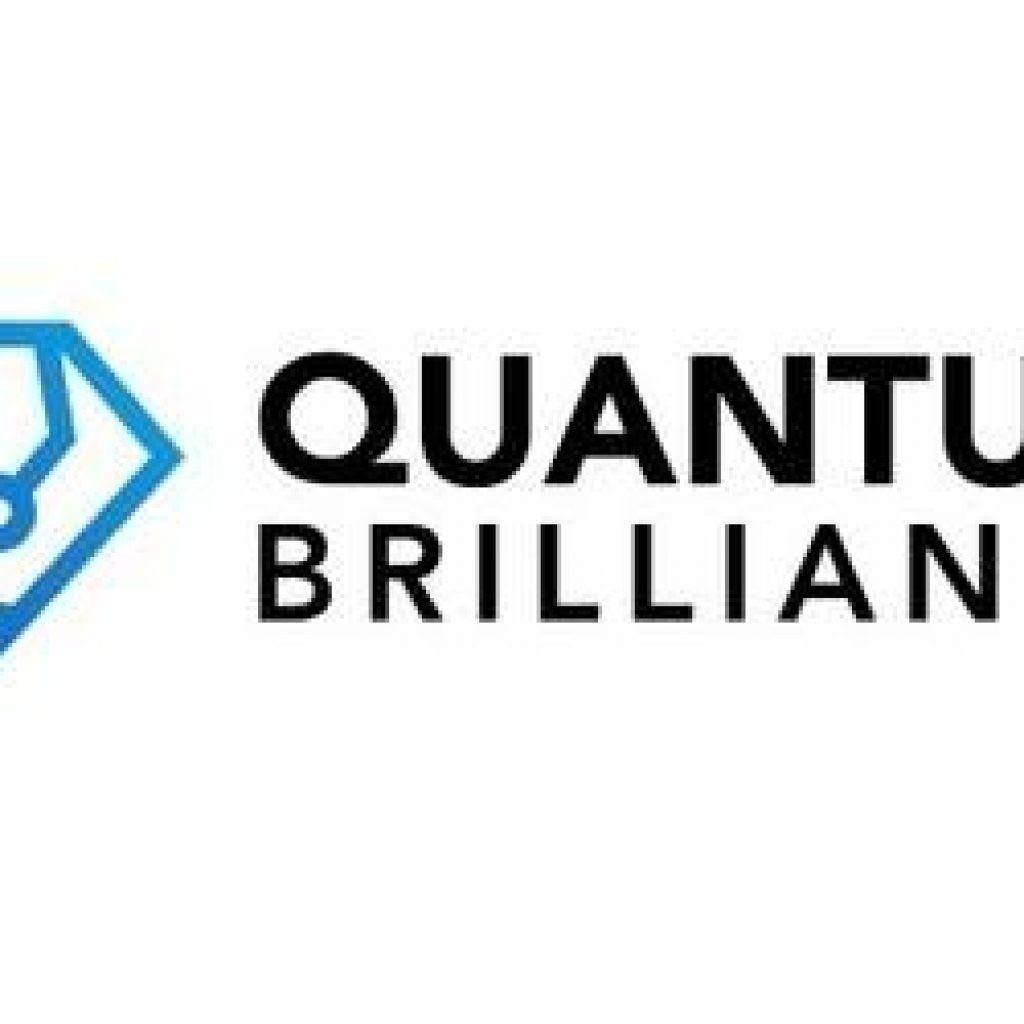Quantum Brilliance announced the launch of its Qristal software suite, enabling R&D teams in several industries to explore integrating quantum systems into real-world applications.
The software, which is now available in a beta and will be more widely released in the second quarter this year, could represent an important step in advancing small, room-temperature quantum accelerators, like those developed by Quantum Brilliance, into real-world applications in venues such as data centers, and in sectors including chemistry, aerospace, autonomous vehicles, mobile devices, and more.
The announcement comes just a couple of weeks after Quantum Brilliance announced $18 million in new funding, with part of the windfall designated for new software developments.
The Qristal SDK lets developers and researchers create and test novel quantum algorithms specifically designed for quantum accelerators rather than quantum mainframes. Within the suite, the Qristal Emulator enables users to determine the number of qubits that will be required to outperform classical computers in hybrid classical/quantum applications in the scenarios mentioned above.
That should provide industrial users with more confidence about using quantum machines such as Quantum Brilliance’s diamond-based accelerators at a time when many in the sector believe much of the early value of quantum systems will be mined in scenarios in which they work in partnership and in close proximity to high-performance supercomputers. For example, Quantum Brilliance’ ability to develop a miniaturized room-temperature quantum system allowed the machine to be deployed in Australia’s Pawsey Supercomputing Centre.
It should come as no surprise then that Pawsey is among the first beta users of the Qristal software, which uses the Message Passing Interface, which is the global standard for large-scale parallel computing and could help speed the exploration of new applications at Pawsey.
“As an experienced quantum chemist but a relative newbie to quantum computing, I was impressed by the user experience and high-level abstractions of the Qristal SDK,” said Dr. Marco De La Pierre, supercomputing application specialist at the Pawsey Supercomputing Centre. “I could set up and run my own quantum chemical simulations through Qristal with almost no knowledge of quantum circuits, quantum gates and other low-level quantum computing jargon.”
“Qristal provides a powerful tool for developers and researchers in any field to explore the quantum utility or ‘usefulness’ of our quantum accelerators,” said Mark Luo, CEO and co-founder of Quantum Brilliance. “Our software suite can help people discover for themselves that quantum computers don’t need to outperform supercomputers to provide value, moving the technology out of the lab and into practical solutions sooner.”
With full integration of C++ and CUDA features, Qristal users will have the ability to create high performance software for production, testing on realistic models of the Quantum Brilliance’s diamond-based quantum accelerators. Qristal also supports the development of embedded software and will soon be incorporating support for Nvidia’s QODA, making it a versatile solution for quantum computing research.
Dan O’Shea has covered telecommunications and related topics including semiconductors, sensors, retail systems, digital payments and quantum computing/technology for over 25 years.
